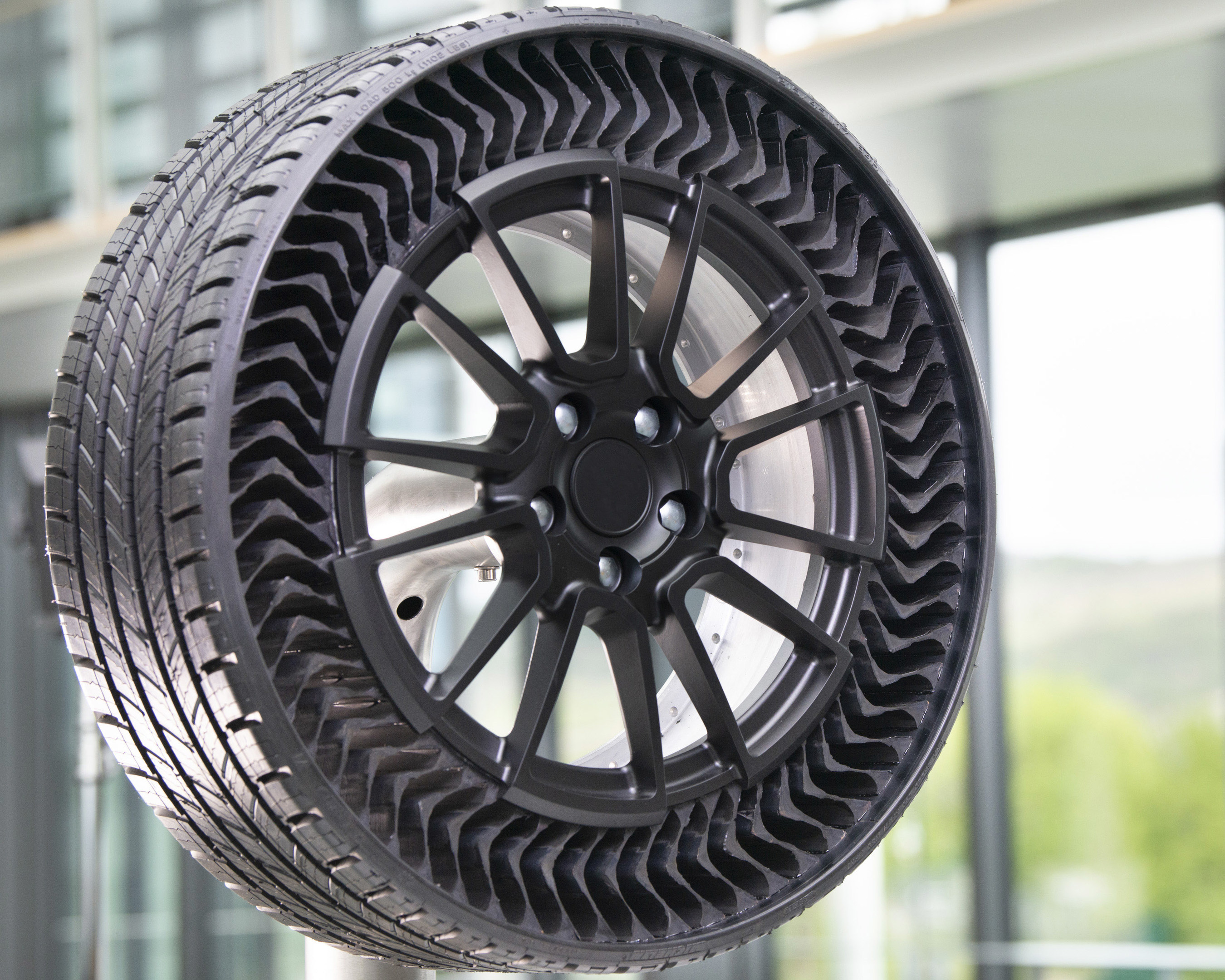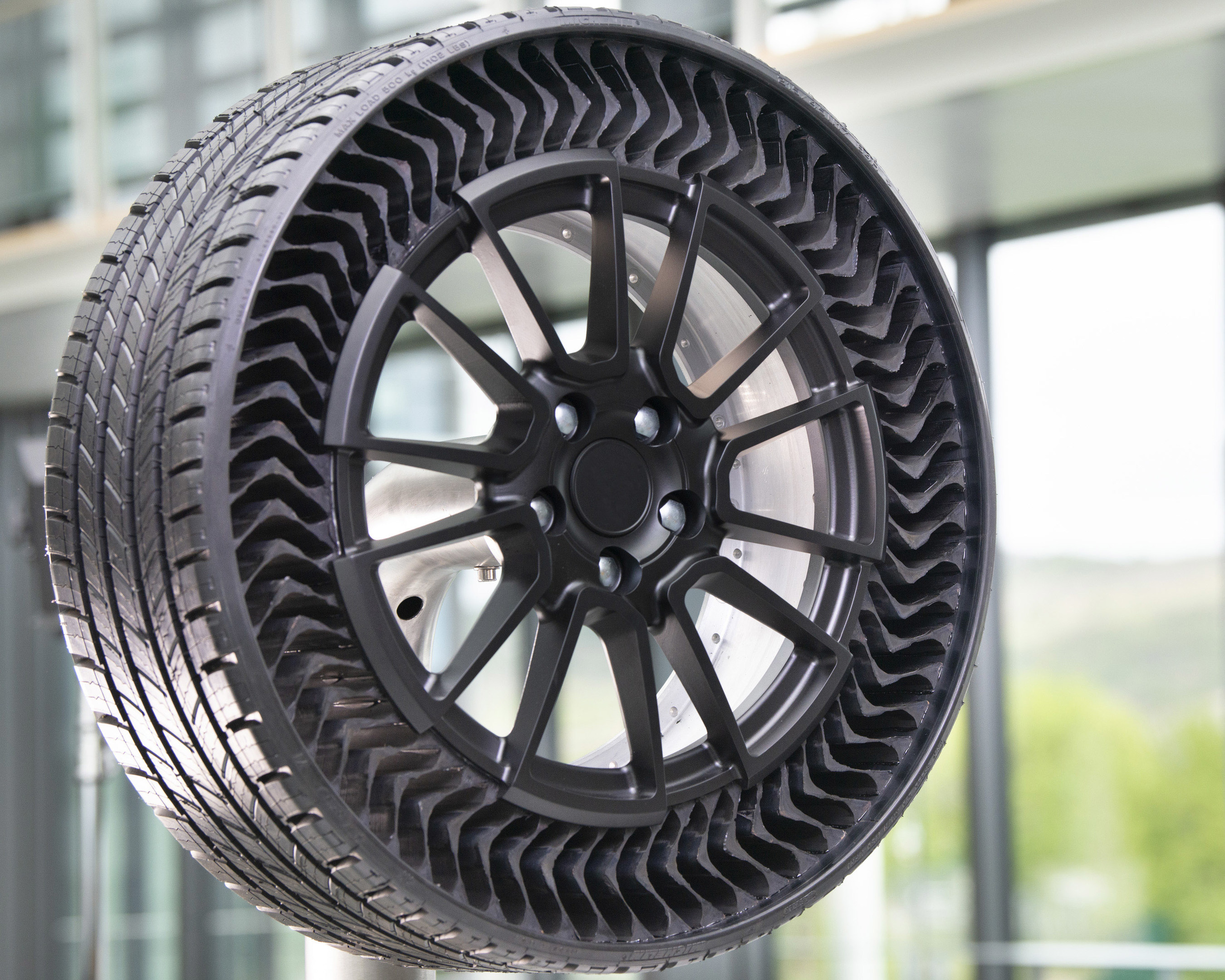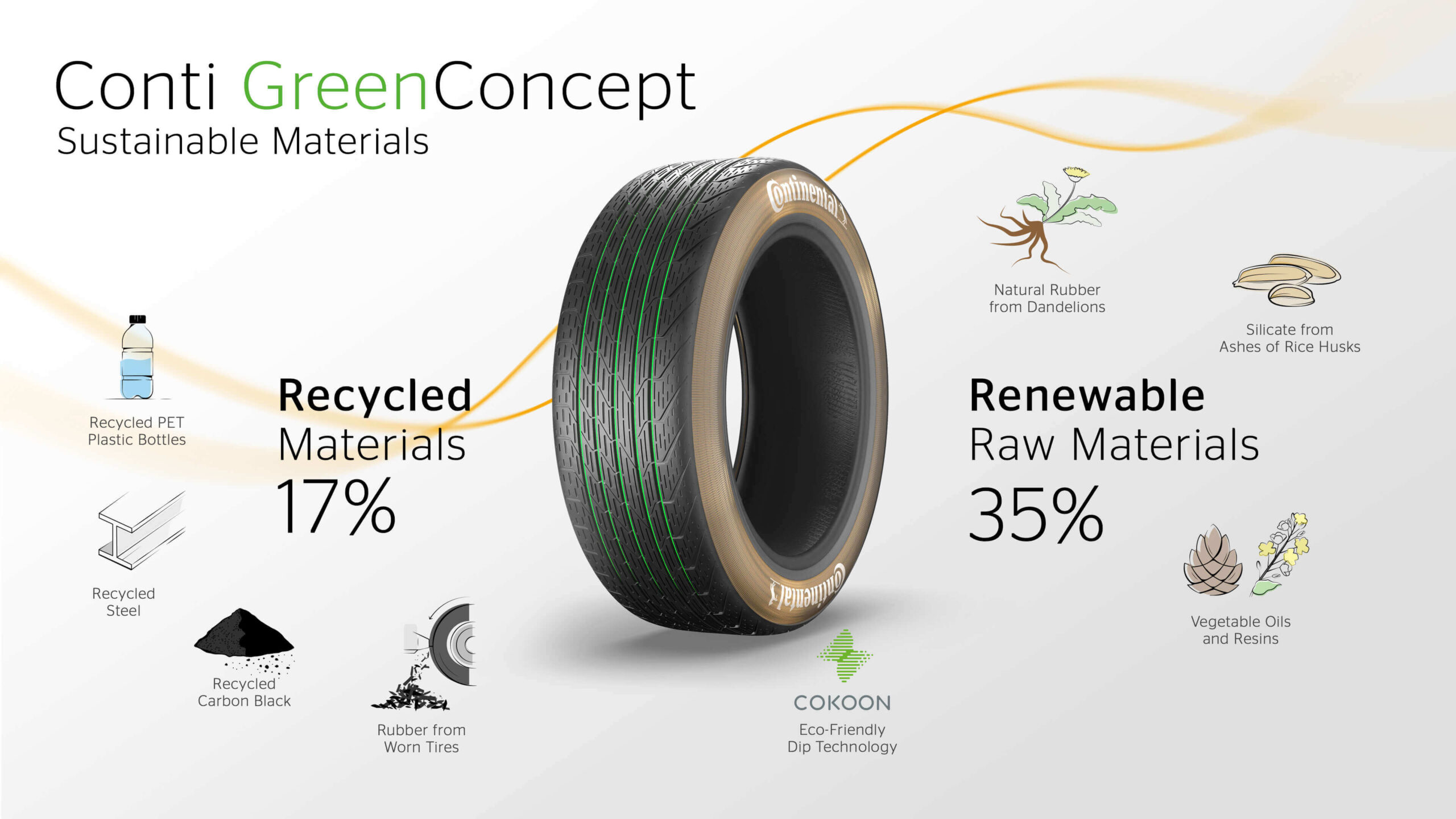Revolutionizing the Road: Cutting-Edge Tire Technology and Its Impact
Welcome to a deep dive into the world of tire technology, a topic that, while perhaps overlooked, plays a crucial role in automotive design and performance. As someone deeply passionate about automotive design and history, analyzing the advancements in tire technology not only fascinates me but also showcases the remarkable innovation in modern automobiles. Here, we explore the latest in tire technology and its profound impact on vehicle efficiency, safety, and sustainability.
The Evolution of Tire Technology
Historically, tire innovation has significantly contributed to enhancing driving experiences by improving grip, longevity, and fuel efficiency. From the transition from bias-ply to radial tires to the introduction of airless tires, every advancement brings us closer to safer and more sustainable driving.

Airless Tires: A Leap Towards the Future
One of the most groundbreaking developments in tire technology is the emergence of airless (or non-pneumatic) tires. Companies like Michelin and Bridgestone are at the forefront, experimenting with tires that promise to eliminate the risk of punctures. The airless tire concept, which replaces traditional air-filled cavities with a unique structure designed to support vehicle weight, also offers potential advantages in terms of recycling and reducing raw material use.
| Feature | Benefit |
|---|---|
| No Punctures | Reduces downtime and maintenance costs |
| Longer Lifespan | Decreases tire waste and promotes sustainability |
| Improved Durability | Enhances safety and performance in rough terrains |

Smart Tires: Enhancing Connectivity and Safety
Another revolutionary aspect is the development of smart tires, equipped with sensors to monitor conditions such as tire pressure, temperature, and tread wear in real-time. This innovation not only extends the lifespan of tires by ensuring they are kept at optimal conditions but also greatly improves vehicle safety. Smart tires can communicate with the vehicle’s onboard computer, alerting drivers to potential issues before they become hazardous.
Impact on Vehicle Performance and Environment
The implications of these technologies extend far beyond just an enhanced driving experience. For instance, airless tires, by virtue of their durability and reduced maintenance requirements, present a significant leap towards more sustainable automotive practices. Moreover, the improved efficiency translates to better fuel economy and, for electric vehicles, extended range—a crucial factor in the adoption of green vehicles.
The Role of Tires in Automotive Sustainability
Discussing vehicle efficiency and sustainability, it’s impossible not to mention the role of tire technology. Tire composition and tread design significantly influence fuel consumption and emissions in traditional combustion engines. With the automotive industry’s shift towards electric vehicles, tire technology’s impact on range and efficiency has become even more critical. Innovations aim to reduce rolling resistance, which directly correlates with the amount of energy a vehicle needs to move forward, making tires an essential component in the quest for more sustainable mobility.

Final Thoughts
The advancements in tire technology are not just a testament to human ingenuity but also our commitment to safer, more efficient, and sustainable modes of transportation. As we continue to explore the limits of automotive technology, the evolution of tires remains a vital aspect that intersects with nearly every goal for the future of transportation—from performance to environmental responsibility. Exploring these innovations aligns with my passion for automotive history and design, showcasing how even the smallest components can drive significant change.
As the landscape of mobility evolves, so too does our understanding and approach to what keeps us grounded. The wheels that carry us forward are becoming smarter, more efficient, and more capable of meeting the demands of modern drivers and the environment. The journey of tire technology, from its humble beginnings to the smart, sustainable solutions of today, reflects a broader narrative in automotive progress—one that I continue to watch with keen interest and optimism.